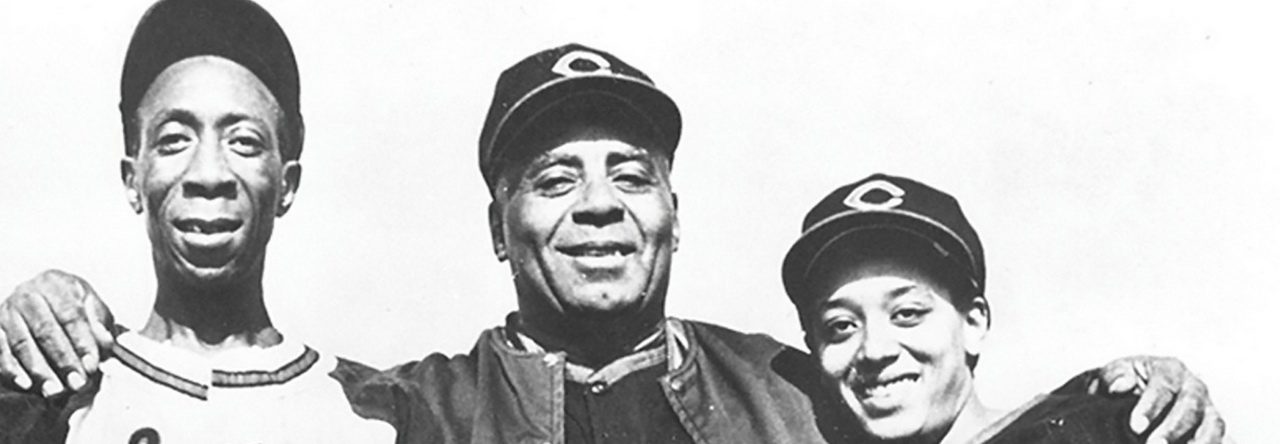Spring Training Questions
A couple bullpen slots are available, but most of the focus will be on the 3B and OF.
Injuries
Justin Speier will miss the start of the season with an elbow issue.
First Cuts
Cleveland removed a few arms from its big league camp, sending General Crowder, Eric Wilkins, and Steve Gromek to the minors. Both John Keefe and Sudden Sam McDowell are still around, but neither have impressed, and need to improve if they want to survive the next round of cuts.
Sal Butera has been hitting well, and Victor Martinez has done enough to stick around, sending Ray Fosse and Andy Etchebarren down to the minors. They’ll be joined by James Loney, Aubrey Huff, Don Kessinger, and Jim Gantner (surpassed by Bobby Avila in the depth chart). Bill Phillips really hasn’t hit enough to stick around, but his defensive versatility keeps him in camp.
At SS, Bill Dahlen‘s glove continues to keep him in camp, but Joe Sewell–no slouch with the leather himself–is hitting well enough that Dahlen needs to show some improvement at the plate to survive the next round.
Which brings us to the confusion at 3B. Evan Longoria and Bob Elliott have hit well; Brandon Drury has been OK, and neither Ken Keltner nor Sammy Strang have shown much at all. In other words, nothing is much more clear than when camp opened: working this out over the next week is key for the Spiders.
The OF picture has gotten a bit clearer as four of the contenders (Luis Olmo, Randy Winn, Trot Nixon, and Bruce Campbell) combined to hit well under .200, earning a group ticket back to the minors. At the other end, Larry Doby may finally be living up to his scouting hype, starting out on fire in early action.
Second Cuts
John Keefe and Sudden Sam McDowell were unable to improve enough to stay in camp.
Hal Trosky mashed the ball in a brief WBL appearance last year, but hasn’t done enough to preserve his place with the Spiders. Trosky refused to head to minor league camp, earning him his release. Bill Phillips, Bob Elliott, Ken Keltner, and Rick Burleson were all demoted.
SS remains a concern: Joe Sewell has been fine, but both Bill Dahlen and Arky Vaughan are hitting well under .200.
Third Cuts
Sergio Romo‘s performance in a handful of games last season keeps him in camp, but he’s on the edge for sure. Balor Moore was not as lucky, as the lefty headed to minor league camp. Justin Speier, currently injured, was sent down as well.
Louis Santop has struggled, but is clearly the starting C. The battle between Victor Martinez and Sal Butera to be his backup is fierce, however.
1B is a total logjam, and a likely source of trade bait. Jake Stahl, Lance Berkman, and John Ellis are all locks, and Paul O’Neill has been the Spiders’ best hitter in camp. With Ron Blomberg slotted in as the DH, one of these four probably needs to move on.
Over at 3B, Evan Longoria may be finally delivering on his promise, and is pushing Sammy Strang as the presumed starter. Strang continues to not be able to hit, but his ability to get on base and his defense clearly have some value. That leaves the injured Brandon Drury the odd man out.
The OF is slowly clearing out, but remains overcrowded especially as Berkman and O’Neill should see some time here as well. Elmer Flick heads to AAA. A key here is the ability of Tris Speaker, Rowland Office, Peanuts Lowrey, and Johnny Bates to all develop some positional flexibility. The battle between Office and Lowrey is key, and likely to come down to whether Lowrey batting right handed means more or less than Office’s better defense and greater flexibility.
The Final Cuts
Bobby Avila was the first odd man out, a move that essentially assures Sammy Strang his spot as a reserve 2B if nothing else. Sal Butera won the competition with Victor Martinez to break camp as the backup backstop–and with John Ellis able to play there as well, there was no need for Martinez to stay in camp.
In a bit of a surprise, Peanuts Lowrey, who was useful for Cleveland last season, heads to AAA. The Spiders may regret moving out Lowrey’s right-handed bat, but the OF situation just didn’t have any remaining room. Less surprising, but still unexpected, it looks like Joe Sewell has won the backup SS role, with veteran Bill Dahlen heading to AAA.
The Spiders needed 2 cuts to make it to 30. Those were C Sal Butera and P Wilbur Cooper.
Al Smith and Sergio Romo were the final cuts from the staff, meaning both Firpo Marberry and Yordano Ventura made the roster. From there on, it was all surprises and hard choices. Kenny Lofton lost not only the starting CF spot but his roster spot, and the Spiders were unable to find a roster spot for Paul O’Neill despite him being among the Spring batting leaders. Finally, Rowland Office was squeezed out, as the Spiders’ OF was just too crowded.
